What is Reformer Pilates?
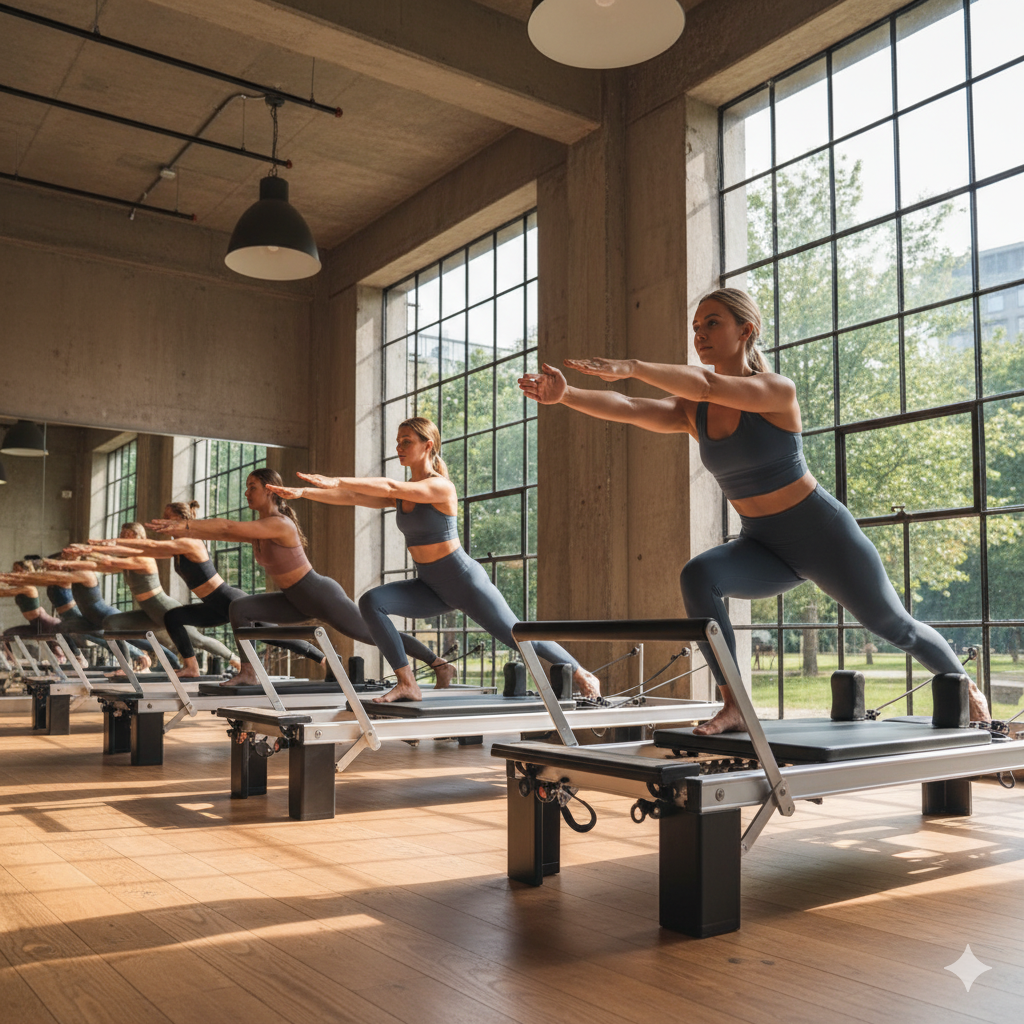
What is Reformer Pilates?

Pilates has exploded in popularity over the past decade.
If you’ve walked past a studio and seen people gliding back and forth on what looks like a sliding bed, you’ve probably caught a glimpse of a Reformer Pilates class.
But what exactly is Reformer Pilates, and how is it different from the mat classes you may have tried at home?
Below you’ll find answers to the most common questions about this low‑impact but challenging workout.
Why is Reformer Pilates so Popular?
Reformer Pilates is a form of Pilates that uses a special apparatus known as a reformer.
The reformer looks like a low bed with a sliding carriage, adjustable springs, ropes and pulleys.
Developed from Joseph Pilates’ original Contrology method, the reformer adds resistance and support to traditional Pilates exercises.
According to the Pilates entry on Wikipedia, reformers include a box‑like frame, sliding platform, springs, straps/ropes and pulleys that help support the spine and allow different muscle groups to be targeted.
Participants lie, sit or stand on the moving carriage and use the resistance from the springs and straps to push or pull themselves through controlled movements.
While mat Pilates relies mainly on your body weight and gravity for resistance, the reformer’s adjustable springs let you increase or decrease intensity without putting undue strain on joints.
The sliding carriage also challenges your stability and balance as you work through the movements.
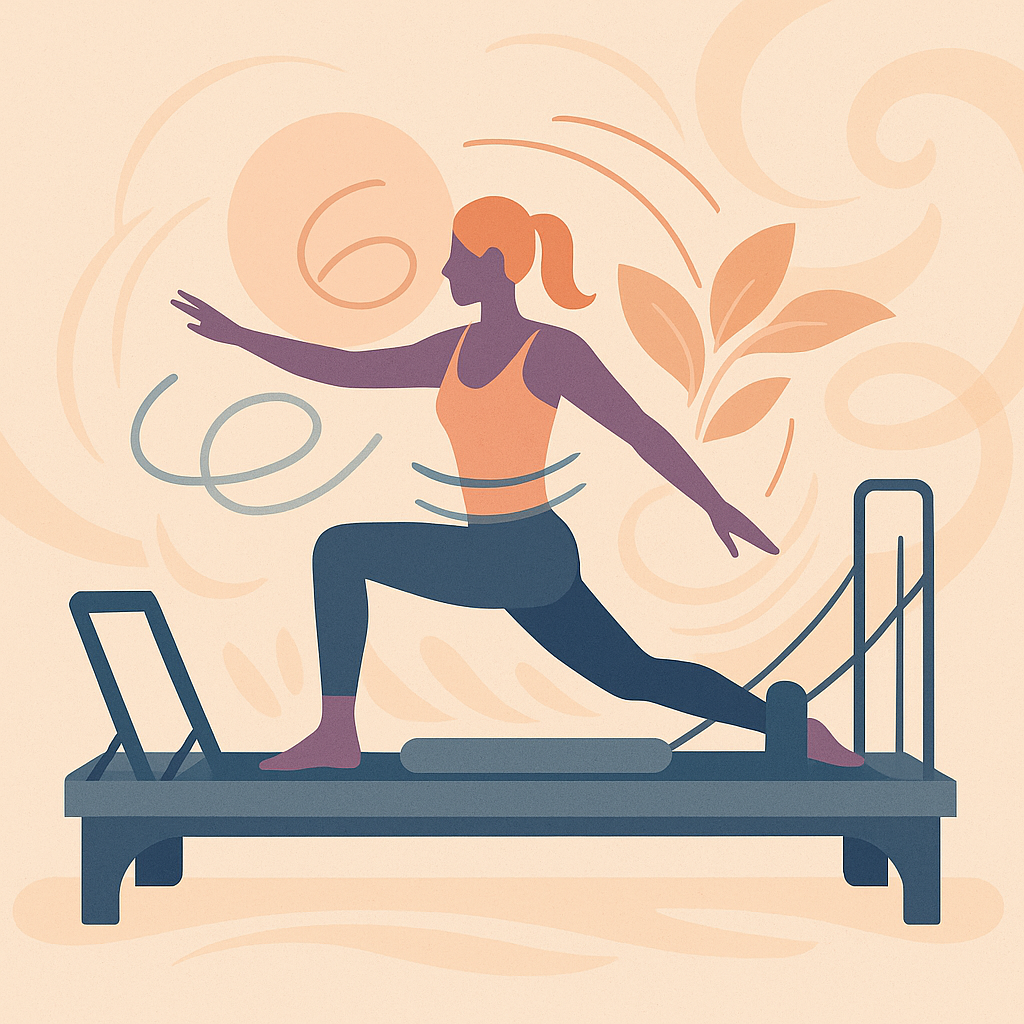
Both mat and reformer sessions emphasize controlled movements, breathing and alignment, but there are key differences between the two.
In mat classes you typically sit or lie on the floor; gravity and your body weight provide resistance, and exercises like the roll‑up or hundred are common.
On a reformer, the moving platform adds instability and allows for spring‑based resistance.
As Wikipedia notes, the reformer’s moving carriage lets you perform exercises that may be difficult on a mat.
You can lie face‑down on a long box to strengthen your upper back by pulling straps, or work your legs with leg presses and lunges while the carriage glides back and forth.
Because of the assistance provided by the springs and straps, the reformer can make some exercises easier to learn.
For example, beginners who struggle with traditional planks may find it easier to hold a plank on the reformer’s platform because the springs support some of their body weight.
At the same time, the ability to add resistance means you can make movements more challenging as your strength improves.
What are the benefits of Reformer Pilates?
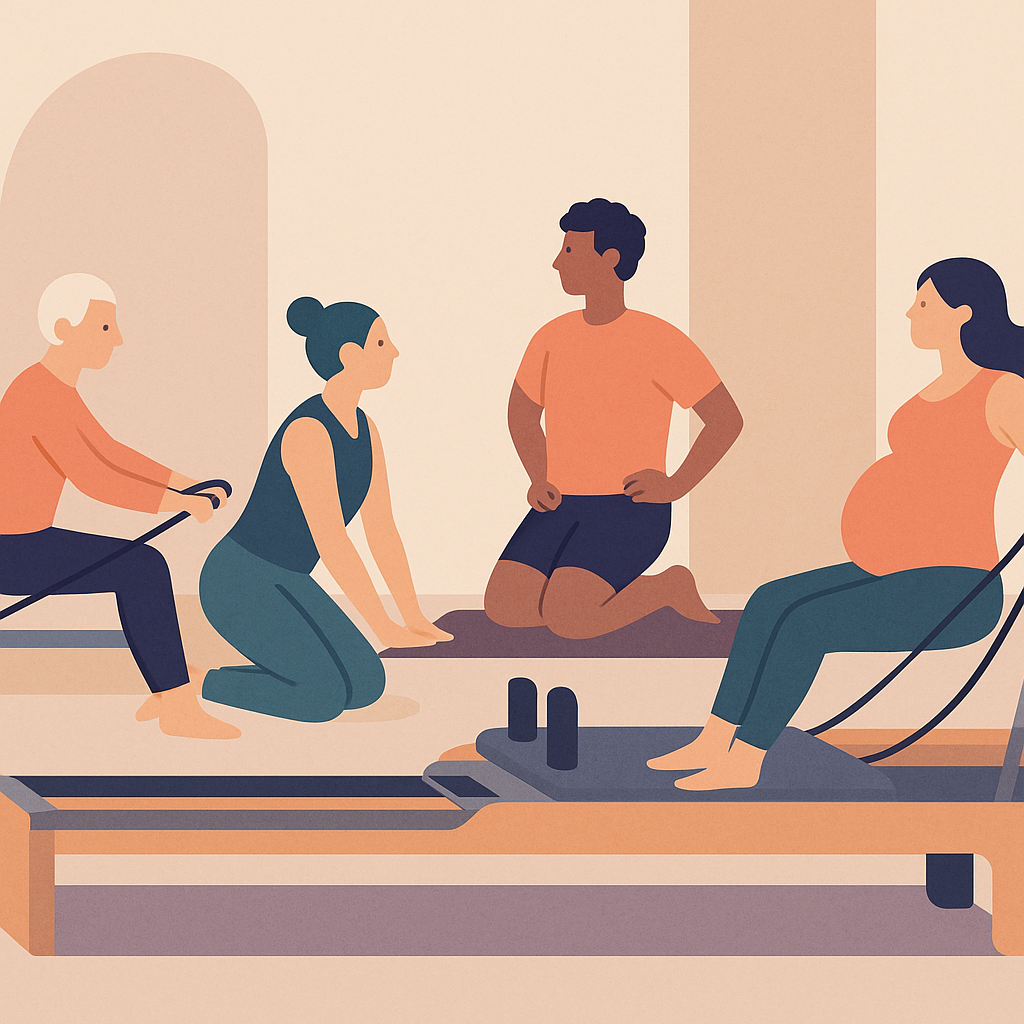
Reformer Pilates offers many of the same benefits as mat Pilates, such as improved core strength, flexibility, posture and body awareness.
The reformer’s moving carriage and adjustable springs allow you to work muscles through a larger range of motion and from different angles.
Over time, practicing reformer Pilates can help:
-
Strengthen the deep core muscles that support your spine and pelvis, which can reduce back pain and improve posture.
-
Improve balance and coordination by challenging your stability on the moving platform.
-
Increase flexibility and joint mobility through controlled, dynamic stretching.
-
Enhance muscular endurance by allowing you to perform more repetitions with low impact on joints.
-
Promote mindful movement and breathing, helping to reduce stress and increase body awareness.
People often find that reformer work complements other activities such as running, weight training or sports because it focuses on muscles that might be neglected in those disciplines.
While research comparing reformer and mat workouts is limited, Pilates in general has been shown to help condition the abdominal muscles and improve core control compared with doing no exercise.
Is Reformer Pilates suitable for everyone?
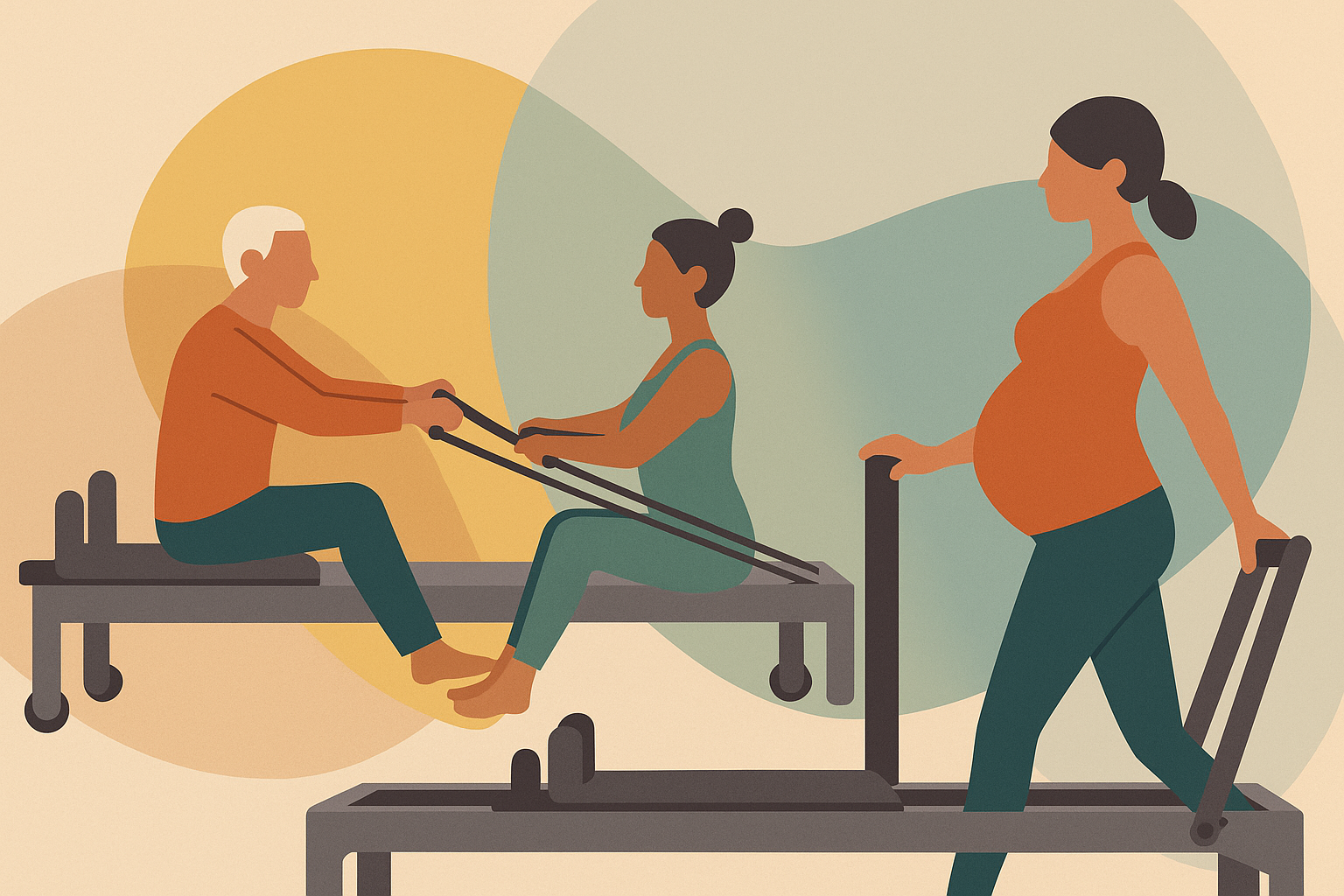
One of the reasons reformer Pilates has gained such a following is its versatility.
The springs can be adjusted to provide assistance or resistance, making it accessible to a wide range of people.
Beginners can start with lighter springs to learn proper form, while advanced students can increase tension for a more challenging workout.
Pregnancy and postpartum
Reformer Pilates can be safe during pregnancy when modified appropriately.
A Delta Valley Health Club blog notes that the practice can help strengthen the deep core and pelvic floor muscles, improve posture, and relieve back pain.
However, it’s important to work with a qualified instructor and consult your healthcare provider. Exercises that involve lying flat on your back should be avoided after the first trimester, and the intensity should be adjusted to avoid overexertion.
Injuries and rehabilitation
Because it offers low‑impact resistance, the reformer is often used in physical therapy and rehab programs.
The ability to support the spine and adjust resistance makes it possible to work around injuries while building strength.
Athletes and older adults
Athletes use reformer Pilates to enhance core stability and muscular balance, while older adults appreciate the low‑impact nature and focus on posture and flexibility.
As with any exercise program, it’s best to start slowly and progress under the guidance of a certified instructor.
What should I wear and bring to a Reformer Pilates class?
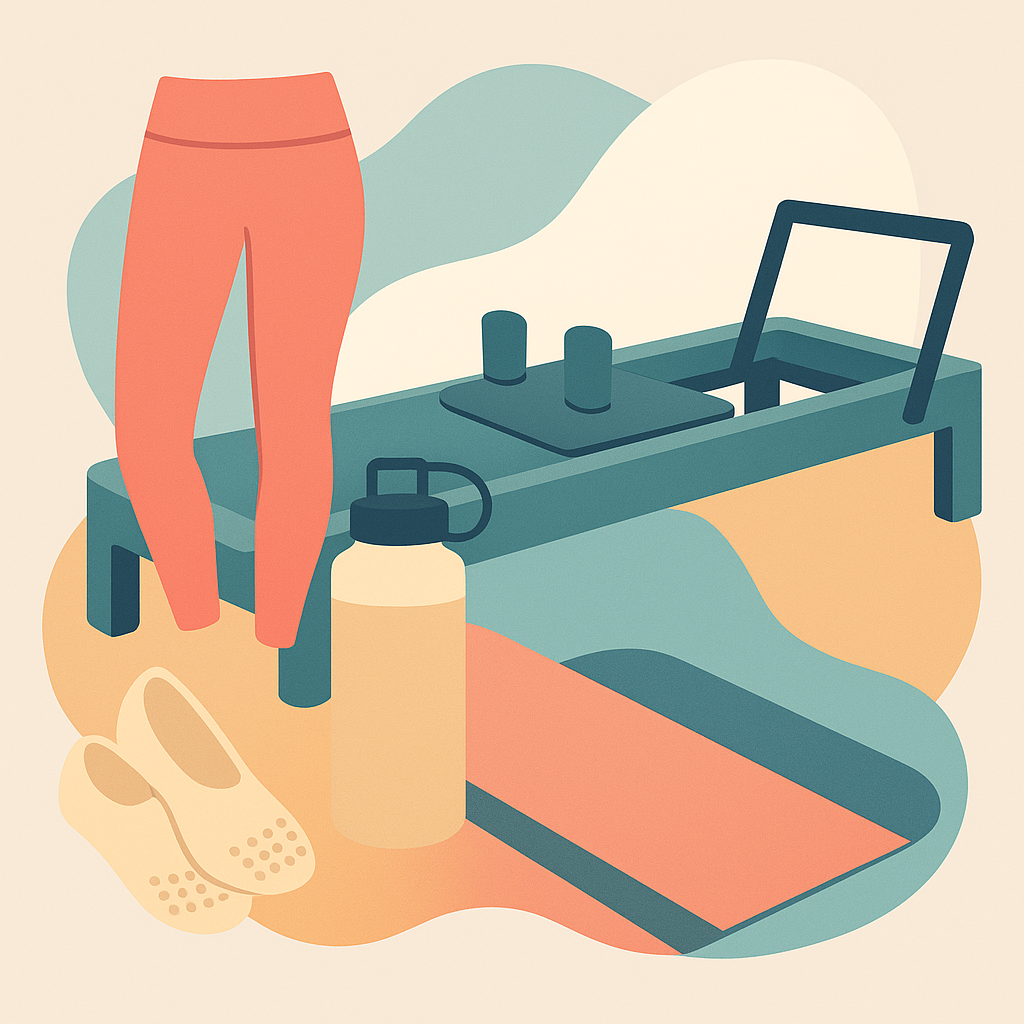
Wear comfortable, form‑fitting clothing that allows your instructor to see your alignment and that won’t get caught in the machine’s springs or pulleys.
Grip socks are usually required to prevent slipping on the moving carriage.
Bring a water bottle and, if desired, a small towel. If you’re unsure about attire, check out Delta Valley’s blog post on what to wear to Pilates for specific guidance and tips for feeling confident in class.
Many studios provide all equipment, including the reformer, straps and any props such as boxes, rings or bands.
Arrive a few minutes early to adjust the springs and carriage to your height and comfort level.
If you’re new, don’t hesitate to ask the instructor for help—the reformer can look intimidating at first, but once you learn the basics it becomes second nature.
How often should I practice, and how much does it cost?
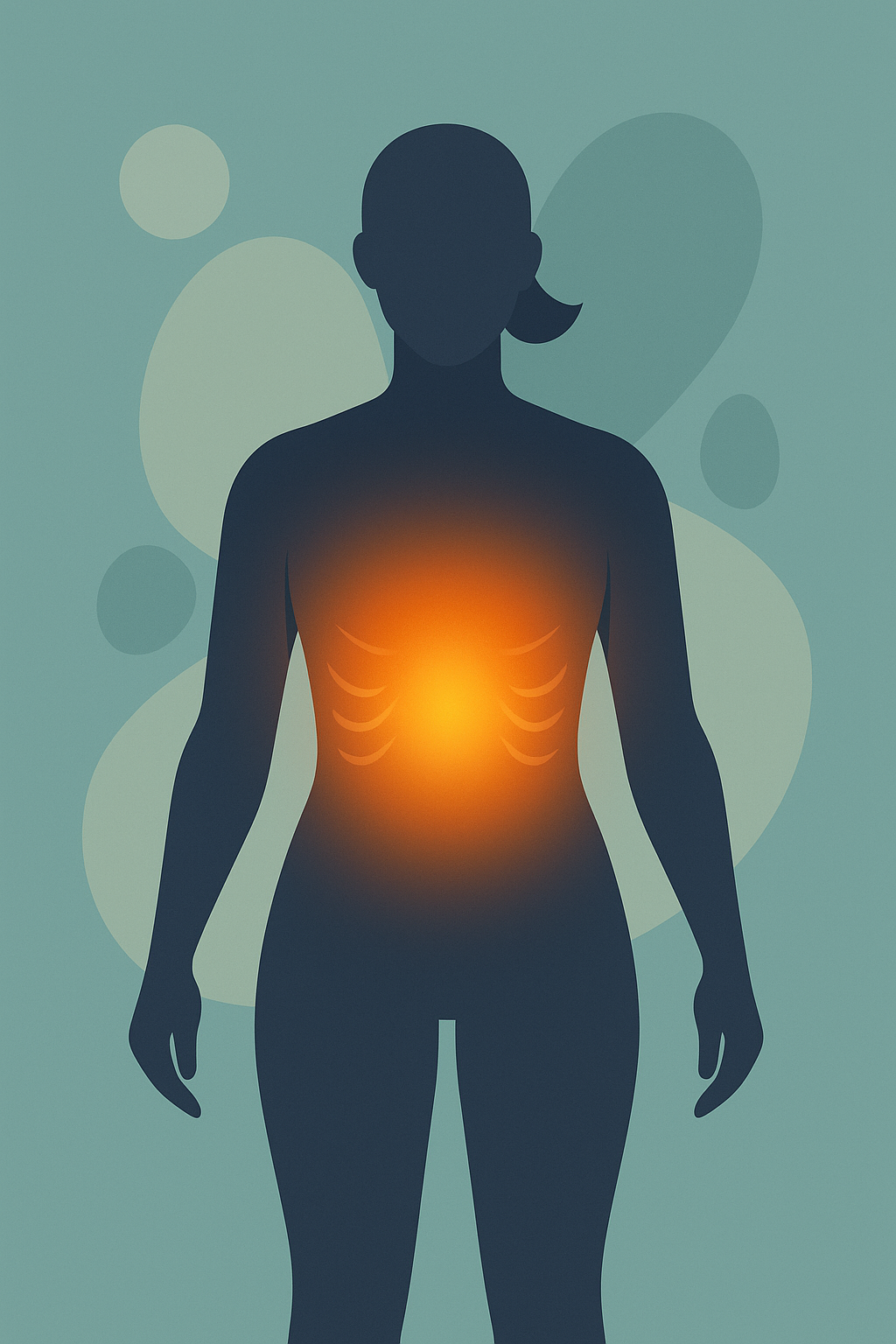
Like any exercise routine, consistency is key.
Beginners typically benefit from two to three sessions per week, allowing time for recovery between workouts.
As your strength and endurance improve, you might add another session or supplement with mat classes.
Because reformer Pilates is low impact, it can often be paired with other workouts like walking or strength training without excessive fatigue.
Class prices vary widely depending on location, studio amenities and whether you choose group or private sessions.
Group classes generally cost more than mat classes because of the specialized equipment and smaller class sizes.
For a detailed breakdown of typical rates, see Delta Valley’s guide on how much a Pilates class costs.
Many studios offer introductory packages that include several sessions at a discounted rate, which is a great way to decide if the reformer is right for you.
Final thoughts
Reformer Pilates is a dynamic, adaptable workout that can suit almost anyone—whether you’re recovering from an injury, looking to build core strength, or simply want to add variety to your routine.
By understanding the equipment, starting with proper instruction and progressing at your own pace, you’ll reap the benefits of this mind–body practice and may even find yourself looking forward to that moving carriage each week.
